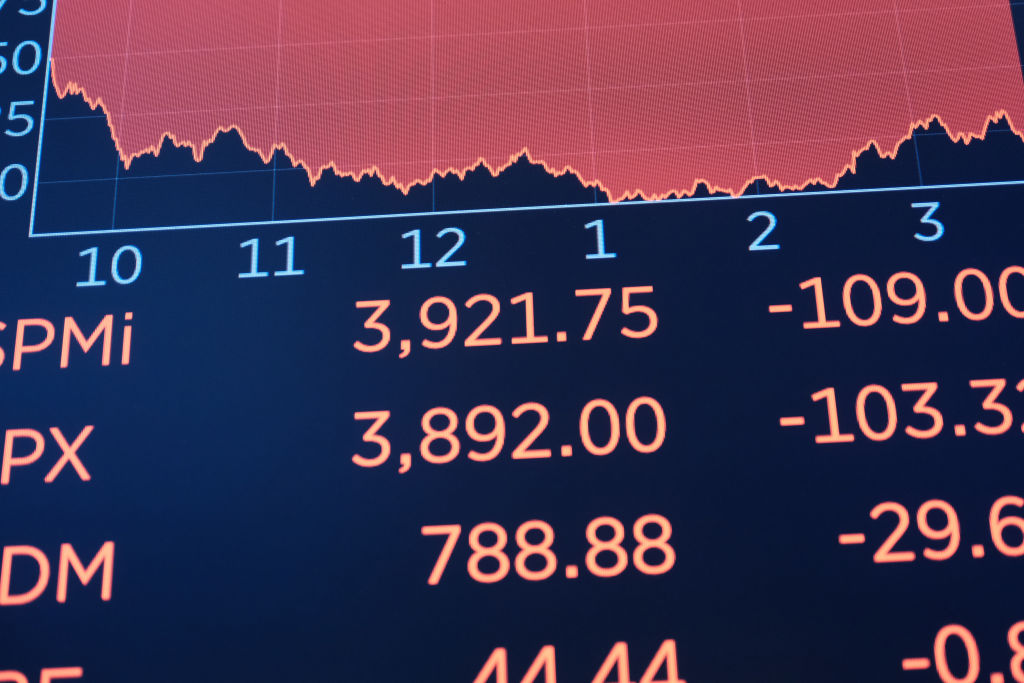
The Federal Reserve raised interest rates by 0.5%-points last week. That should be the last such raise.
The Core CPI—consumer prices with the volatile food and energy sectors taken out—rose by only 0.2% in America in November. That would be a 2.4% annual rate. Food and energy inflation came out lower. The Headline CPI—the entire index—rose by only 0.1% in November. That makes two months of very surprisingly lower-than-expected inflation rates. The reduction in inflation has been powered by good prices: goods prices have now fallen over the past two months by a total of 0.9%.
The only piece of inflation news that does not show a clear and significant declining trend is services inflation. But even in that there appears to be signs of good news: services inflation averaged 0.6% per month—7.1% per year—over the six months before November. It was 0.4%—4.8% per year—in November. We can guess that the decline in services inflation will continue for the next six months. Rent increases have moderated and may be disappearing, but the change in the housing-cost trajectory, although baked in the cake, is not yet in the November numbers at all.
And it is not as though wage pressure is pulling services inflation up: nominal wage inflation has been less than services price inflation for pretty much all of 2022. While the labor market is “overheated” in the sense that nominal wage increases are still running above 5% per year, this appears more a response to price inflation than a driver of it. Even at today’s low unemployment rate, workers in aggregate do not appear to have the market power to demand a larger share of the income pie.
The inflation we have had over the past two years has been, largely, a good thing—or, rather, a necessary consequence of a very good thing. Not to have had an inflation surge as we reopened the economy after the plague—that would have been to run unacceptably high risks of a repeat of the disastrously slow recovery of the Obama years. Moreover, we needed wage inflation in the goods-producing, logistics, and information sectors in order to pull workers returning to work into the sectors that needed to expand to get the economy to full employment given the altered post-plague shape of demand. And we needed inflation at the bottleneck breaks in supply chains to incentivize their repair.
The Team Transitory narrative of 2021 was that we needed to re-join the highway at speed, that when you accelerate you leave rubber on the road, and that it is silly to be surprised by and then complain about the skidmarks. A central bank with credibility should not obsess about hitting its inflation target every single year, but rather let inflation vary from year to year in whatever pattern, maximizes, employment, purchasing power, and growth. The Team Transitory narrative of 2021 was that the pattern looked like what we had seen in the late 1940s when we wheeled the economy away from war and into civilian production, and then again what we had seen in the early 1950s when we wheeled the economy into the configuration necessary to fight the permanent Cold War: in both those cases inflation spiked and quickly receded.
The fear in 2021 was that the inflationary spike would get incorporated into expectations of future price changes, and lead to its entrenchment in worker demands for continual wage increases, and so return us to the stagflation of the 1970s.
This fear gained great urgency in 2022, when Vladimir Putin’s attack on Ukraine produced substantial energy and food price shocks. The double whammy of commodity supply-shock and after plague-reopening shocks greatly raised the risks that expectations of inflation would become entrenched, generate a repeat of the 1970s, and require a 1982-magnitude recession to restore the economy to balance.
But now it seems that the supply shock and the reopening shock may have passed their peaks. And, so far, there is no sign anywhere in the economy of inflation expectations becoming entrenched.
Thus over the past two months the balance of risks has shifted. There still remain grave risks on both sides. But as of now the principal risk is not that the Fed will do too little in the way of interest-rate increases to generate an economic soft landing, but that it has already done too much.
More Must-Reads from TIME
- Cybersecurity Experts Are Sounding the Alarm on DOGE
- Meet the 2025 Women of the Year
- The Harsh Truth About Disability Inclusion
- Why Do More Young Adults Have Cancer?
- Colman Domingo Leads With Radical Love
- How to Get Better at Doing Things Alone
- Michelle Zauner Stares Down the Darkness
Contact us at letters@time.com